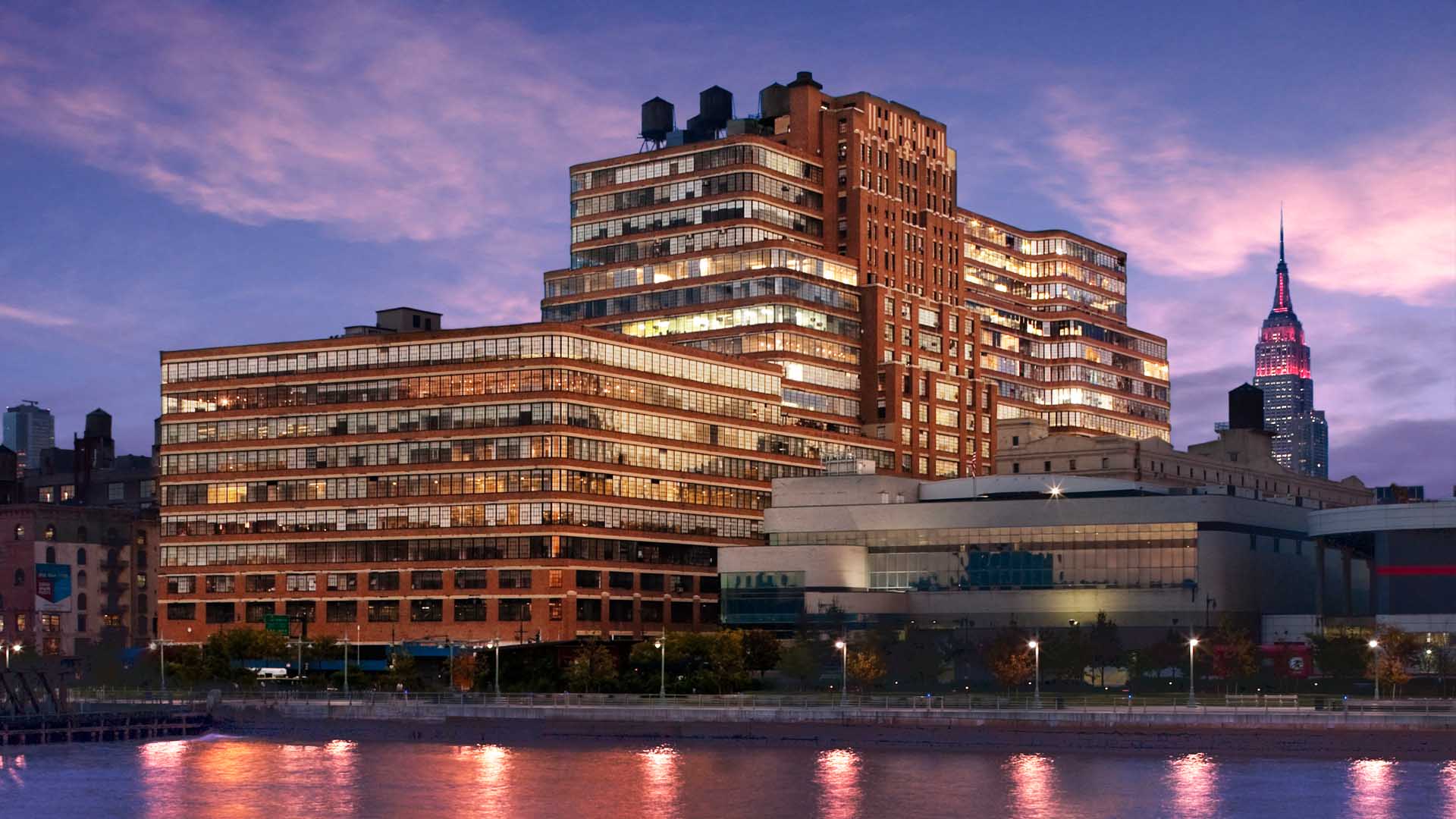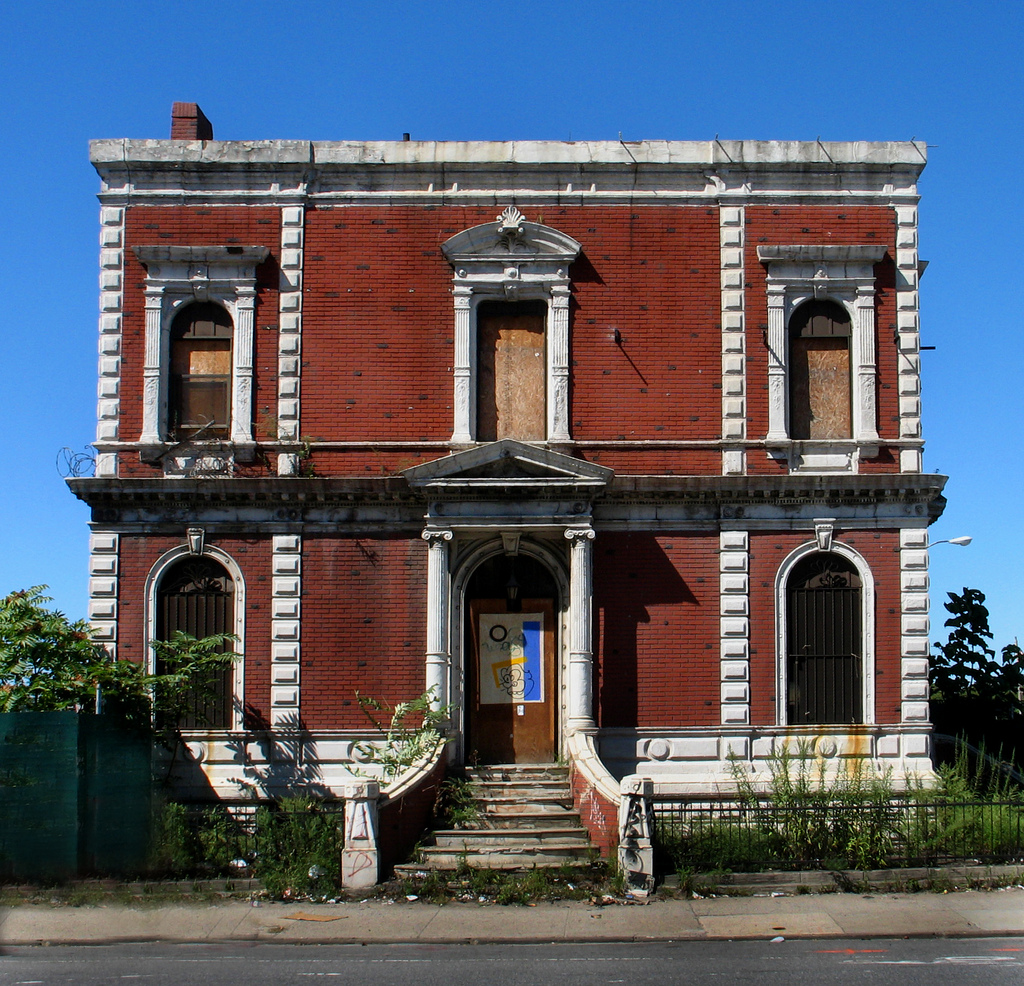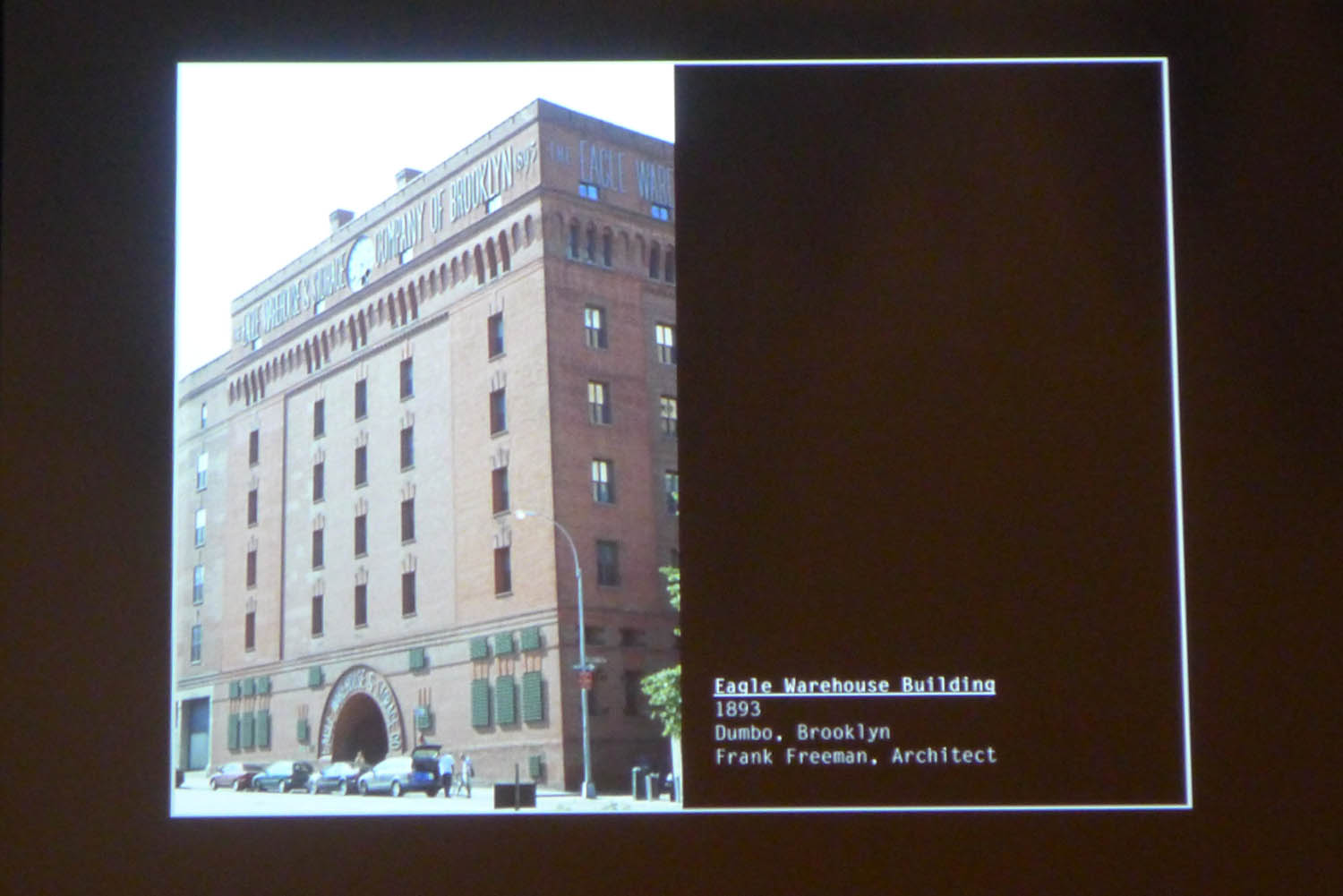
The Starrett Lehigh Building: Photo credit: RXRealty
One of my favourite things this year has been discovering New York’s secret oddities, from clocks in sidewalks to ghost subway stops. So when I heard the Brooklyn Brainery was hosting a talk about New York’s best under-appreciated buildings I thought I could hit two birds with one stone – going to my first ever architecture talk in the city while also picking up some tips for new, lesser-known places to check out in the future.
The lecture was held by city architect Stephen Dargo. We gathered in the Brainery’s classroom in Prospect Heights and settled down to his 90-minute slideshow.

He covered a range of buildings so I’ve picked out a few of my favourites.Most eye-catching was the Starrett Lehigh Building, which takes up an entire block between 11th and 12th Avenue on 26th Street. It is enormous – 1.8 million square feet – and unlike anything I’ve seen in the city before.
It was built between 1930 and 1931 as a shipping facility – unsurprising as it sits overlooking the Hudson River. But because of this function it has one really quirky feature; trucks were able to drive into the ground floor of the building and then enter a vehicle elevator, go to the appropriate floor, back out, be loaded and then drive into the lift again and out of the building. It meant that they could be loaded without ever needing to turn around.
While the building is no longer used as a shipping facility, it is still used by trucks – but now, it’s food trucks. They enter the building on a daily basis to feed its employees.

Credit: Wiki Commons
Apart from this quirk, the building is also pretty cool to look at, even if it’s not the prettiest thing in Manhattan. It has these great curved corners and must be gloriously light inside thanks to all of those windows.
I also liked the Coignet Stone Company Building which sits alone on the corner of 3rd Avenue and 3rd Street in Brooklyn – Stephen described it as ‘like the last tooth left in someone’s mouth’. It was built in 1873 and was the first concrete building in New York City, but I don’t think you’d know it because architects used the concrete to replicate stone.


Credit: Flickr
It’s now been declared a National Landmark and the surrounding L-shaped plot has just been bought by Wholefoods, so it shouldn’t stay lonely for long.
Another building was interesting simply because it’s so close to my house, and yet I’ve never really considered its architectural worth before. This was the Bowery Savings Bank, which stands grandly on the northern tip of the Lower East Side. It was built in 1895, when the LES was one of the most dangerous neighborhoods, and the dominant stature of this bank was supposed to assure people that their money was in safe hands.

Credit: htabor
I also liked the detail near the rooftop. This had less to do with the style of the time and more to do with impressing travelers on the elevated train line running parallel to the bank.
Stephen was clearly so passionate about his profession and he definitely opened my eyes to some beautiful buildings I’ve never noticed before. As he pointed out – and as I’m sure I’ve said plenty of times before on this blog – we really need to look up and see what’s around us.
For a look at the other buildings that Stephen covered, have a look at this great blog post that was written after one of his previous lectures.


P.s. Sorry my posts have been late recently! I’ve been a little under the weather. I still owe you one from last night too, so I’ll get cracking.






Recent Comments